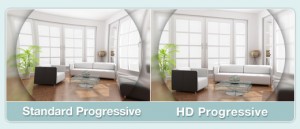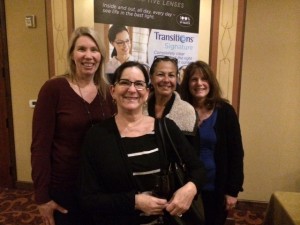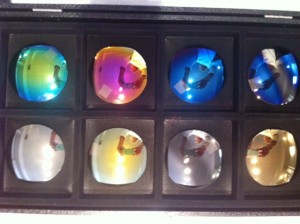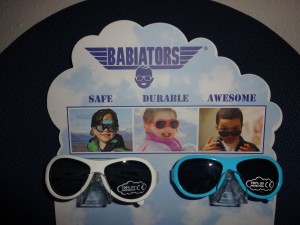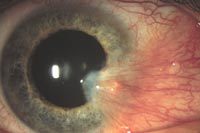[big_heading centered=”no”]Your vision and eye health are important every day of the year. Make changes now for a lifetime of good vision.[/big_heading]
Eat Smart. Diet and nutritional supplements go a long way in promoting eye health. Studies show a diet rich in fruits, leafy vegetables and omega-3 fatty acids may reduce your risk of eye problems like macular degeneration and dry eye syndrome.
Get Moving. Research has shown higher levels of physical exercise can reduce certain risk factors for glaucoma, as well as macular degeneration. 
Quit smoking. Put simply, smoking harms your vision. Studies show smoking dramatically increases the likelihood of developing cataracts, macular degeneration,uveitis and diabetic retinopathy.
Wear Sunglasses. Protect your eyes from the sun (and make sure your kids do, too). Always wear sunglasses with UV protection when outdoors — no matter what time of year — to shield your eyes from UV rays. This may reduce your risk for cataracts and macular degeneration.
Start using safety eyewear for lawn-mowing, home repairs and other chores. Experts say 90 percent of eye injuries requiring a visit to the emergency room can be prevented with proper safety eyewear.
Properly Care for your Contact Lenses. Dirty contact lenses, even if they are not uncomfortable, can cause serious eye infections. Clean your contact lenses and contact lens case properly, and always replace your contacts as recommended.
Reduce Computer Eye Strain. Rest your eyes from computer work every 20 minutes to relieve computer vision syndrome and avoid dry, red eyes. Also, ask Dr. Griffith or Staton about stress-relieving computer glasses.
Improve Your Vision. If you’ve been putting up with contact lens discomfort, dry eyes, eye allergies or blurry vision, talk to us about changes you can make to improve or eliminate these problems.
Upgrade your contact lenses. Contact lenses come in a wide variety of materials, replacement schedules and wearing times — not to mention the array of color contact lenses and special effect contacts available. With the advancement in contact lens technology, there’s sure to be a type of contact lens that suits your individual requirements and lifestyle.
Improve Your Appearance. Upgrade your eyewear. Get with the times and refresh your look, as well as take advantage of the latest in lens and frame technologies. Try eyeglass lens coatings. Various lens coatings keep your field of view clear by reducing reflections, fogging and scratches. And eliminate glare during outdoor activities with polarized sunglasses. If you have a strong prescription, try high index eyeglass lenses. High index lenses provide the same optical power as regular ones, but are thinner and lighter.
Considering LASIK? If you’re tired of wearing glasses or contacts, ask your us if you are a good candidate for LASIK or other vision correction surgery.
Schedule an Eye Exam for everyone in your family. Kids and seniors, especially, should have comprehensive annual eye exams to monitor vision changes. Also, have your family doctor screen you for diabetes and hypertension — if left untreated, these diseases can lead to serious eye problems. (707)762-8643.

